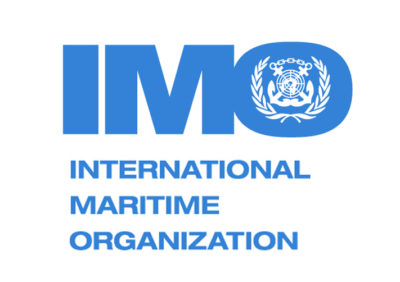“More details to follow.” Those were the first words on the International Maritime Organization’s Twitter page Thursday afternoon after it imposed a global 0.5% sulfur emission limit on the shipping industry from 2020. And we’ll be needing a lot of those details over the next three years.
Firstly, it’s not entirely clear where shipowners are supposed to buy their new 0.5% sulfur fuels from. Global bunker demand is around 240 million mt/year, and shifting the majority of that from fuel oil to a gasoil-based fuel would put some strain on the world’s middle distillate supplies.
An IMO-commissioned study presented at its meeting in London this week concluded there would be enough fuel available globally to meet the shipping industry’s needs after 2020. But several others were quick to point out that not all of that fuel is in the right places.
Europe’s refining industry, in particular, already suffers from a fuel oil surplus and middle distillate deficit, and that situation will be set to worsen as bunker demand shifts in three years’ time.
In an interview with S&P Global Platts Wednesday, Russia’s permanent representative to the IMO — backing a delay to 2025 — likened the situation to reasoning that because the world has more than enough food for humanity’s needs, no hunger can exist anywhere. It’s not always that easy.
You might argue that the tanker industry exists to solve these sorts of supply imbalances, shipping excess middle distillates from new refineries in Asia-Pacific and the Middle East to meet Europe’s shortages. But they wouldn’t do that for free, and those freight costs would have to be paid for by bunker purchasers in higher prices.
Rotterdam has always relied on having cheaper fuel oil than most other ports to retain its large bunker market. But how much demand will shift away from northwest Europe if 0.5% bunker prices at the Dutch port are significantly higher than those at Suez and Singapore?
Another big question is whether refineries will upgrade their production to produce lower-sulfur fuels, or whether shipowners will be forced to install emissions-cleaning scrubbers to solve the problem themselves aboard their vessels. Refiners are used to catering primarily for the road vehicle market with gasoline and diesel, and eyebrows may be raised at the idea of the shipping industry dictating terms to them.
“It’s hard to take a rational decision when you’re faced with so few facts,” an IMO delegate from the Bahamas told us Thursday. “We’re asking another industry to do something we want them to do, and it’s not clear what the results will be.”
If some shipowners can be forced to front the $3-5 million to install a scrubber, their fuel oil demand will be preserved and refiners can continue with their current configuration. But that’s a big ask from a shipping industry in prolonged financial trouble — and one that’s been increasingly nervous since the unexpected collapse of Hanjin Shipping in August.
Finally, it’s far from clear that shipowners will pay any attention to the new rules outside of the busier shipping lanes of the world. A tanker in the US Gulf would rightly be wary of getting caught burning non-compliant fuel — but would a cargo vessel in the middle of the Pacific feel as worried, when there will be a significant saving in fuel costs to be had by breaking the rules?
International Bunker Industry Association chairman Robin Meech, firmly of the view that there won’t be enough fuel available by 2020, forecasts about 60 million mt/year of fuel oil demand will remain once the 0.5% sulfur cap comes in — and only 11 million mt/year of that will be burnt legally by ships fitted with scrubbers.
“Everyone realises it’s going to take until 2025 until we’ve got a high level of compliance all over the world,” he said in an interview on the sidelines of the IMO meeting Thursday.
“More details to follow” from the IMO, then. They would be welcome. Sooner rather than later.
Source: Platts.
Copyright Ships & Ports Ltd. Permission to use quotations from this article is granted subject to appropriate credit given to www.shipsandports.com.ng as the source.

